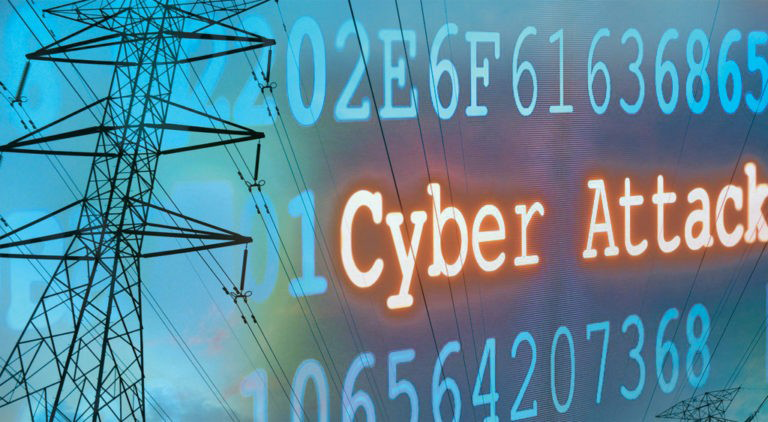The energy sector, the main target of cyberattacks:
Power grids are an attractive target for cyberattacks. In fact, the energy sector has become the main victim of cyberattacks around the world. In the UK, for example, 24% of all cyber-attacks were carried out on the energy industry, and research shows that more than half of the UK’s electricity companies were cyber-attacked in 2020. Currently, managers consider cyberattacks as their biggest risk.
Since electricity distribution systems are considered critical infrastructures, they are undoubtedly necessary for the functioning of society and economy. Therefore, any attack can paralyze the affected area and beyond. In addition, today’s electricity distribution networks are more complex, dynamic, automated and distributed, and are more interconnected than ever. Therefore, practically in this way, the network creates more vulnerabilities for hackers and increases the possibility of another potential attack.
Due to the attacks that have occurred in the world so far, hackers are constantly looking for new ways to enter networks and have been almost successful all over the world. The cyber intrusion at ENTSO, CS Energy, massive power outages at Mumbai dispatch centers, and the loss of 25 years of historical data at a small American company are just a few examples of hacker intrusions into power distribution networks.
Digitalization comes with cyber risk, but it has also made power grids stronger, safer and more sustainable
While it may be tempting to hold off on digitization efforts as a way to minimize cyber risks, the idea doesn’t make sense. Because the modernization of the network has given many opportunities to the electricity distribution networks. For example, digital transformation increases grid resilience, enables remote monitoring, improves load balancing, increases DER utilization, supports customers, and prepares the grid for more electrification.
A five-step approach to create more cyber security in the power distribution network
To take advantage of smart grid opportunities while protecting your assets, power distribution networks must prioritize cybersecurity and be proactive rather than reactive in their defense. All technology products, equipment and systems (from the sensor level to the application) must be designed and manufactured with security in mind. Most older embedded devices and power system applications were not designed with security monitoring in mind, while it is possible to enhance cybersecurity on existing equipment. In networks, products and equipment that have cybersecurity according to the IEC 62443 standard are safer.
Any approach to reducing the likelihood of a cyberattack must define and implement a robust and comprehensive cyber security strategy, which supports the business as a whole. Because cyber security, in addition to devices, also includes the security culture and cyber skills of employees. For example, while hackers can attack infrastructure directly, they can also cause damage through employees. For example, phishing attempts that lead to employees downloading malware.
Following this five-step approach can help build and maintain cybersecurity systems, which are as follows:
Assessment
First of all, to identify vulnerable areas, you should conduct an assessment with a comprehensive risk analysis and gap analysis.
Designing
You should design a secure architecture and a cybersecurity policy that defines a formal set of rules.
For example, informing employees or other authorized users on how to protect technology and information assets, identifying a list of assets that must be protected and the threats that exist for those assets.
Performance
Implement security control solutions (hardware and software) and select technologies that meet security standards. For example, using solutions that are safe by design can reduce risks when securing system components.
Supervision
Take a proactive approach to network monitoring and security devices.
keep
Cybersecurity strategies don’t just end with the deployment of a system, and you need to maintain your security plan. Power distribution networks must also be constantly updated and aware of known vulnerabilities and available patches. They must also have a comprehensive understanding of technology and obsolescence plans, and be required to trigger security assessments upon certain events, such as identified threats.


